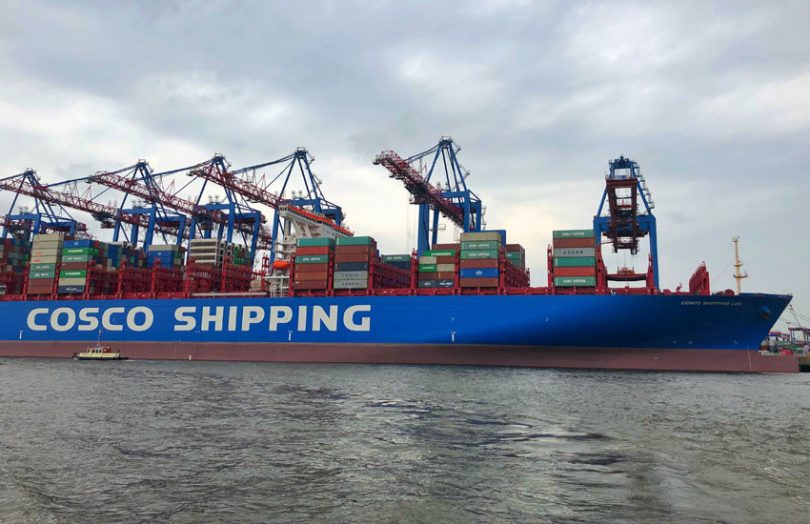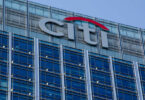Today, the Global Shipping Business Network (GSBN) announced the rollout of Cargo Release, a blockchain-enabled application that eliminates paper documentation in maritime trade processes. This is GSBN’s first application since the consortium’s incorporation as a nonprofit in Hong Kong in March this year.
GSBN is a blockchain shipping network formed to digitalize maritime trade, with technology provided by CargoSmart. It competes directly with IBM and Maersk’s TradeLens. GSBN’s founding shareholders include COSCO SHIPPING LINES (COSCO), Hapag-Lloyd, Hutchison Ports, and the Shanghai International Port Group (SIPG).
The application has already been deployed by COSCO and SIPG following a pilot in December 2019 with Tesla. Hapag-Lloyd will also participate in a pilot in Q3 this year.
“We are delighted to be a part of China’s drive to further automate its logistics and supply chains,” said Juliana See, Managing Director Area Greater China of Hapag-Lloyd. “GSBN and the roll out of Cargo Release reflects the window of opportunity for the shipping industry to make the digital leap into a new era of global trade.”
The cargo release process at ports of import involves communication between various parties such as shipping lines, consignees, their agents and terminals. Conventionally, much of the back-and-forth relies on exchanges of physical paperwork, resulting in long process times. Applications like Cargo Release offer a paperless blockchain-enabled solution. By eliminating manual processes, the use of Cargo Release has seen significant savings in processing times in Shanghai from 2-3 days to 1-2 hours. The reduction of physical contact has also proven advantageous during the pilot, coinciding with the outbreak of Covid-19.
One particular advantage of a blockchain solution is increased security. Conventional paperwork reliant processes have an increased risk of theft. As the consignees usually employ third-party agents for collection, cargos risk being released to unauthorized parties through counterfeit or stolen paper documents. Digital documents generated via blockchain can be easily proven as authentic, reducing the risk of fraud.
GSBN saw some initial backers, such as CMA CGM, switch to TradeLens due to the delay since its conception in late 2018. Others such as Hapag-Lloyd are participating in both projects. Following its first deal with Bank of China Hong Kong to use the platform for trade finance, the rollout of its first application might just put GSBN back into the race.






